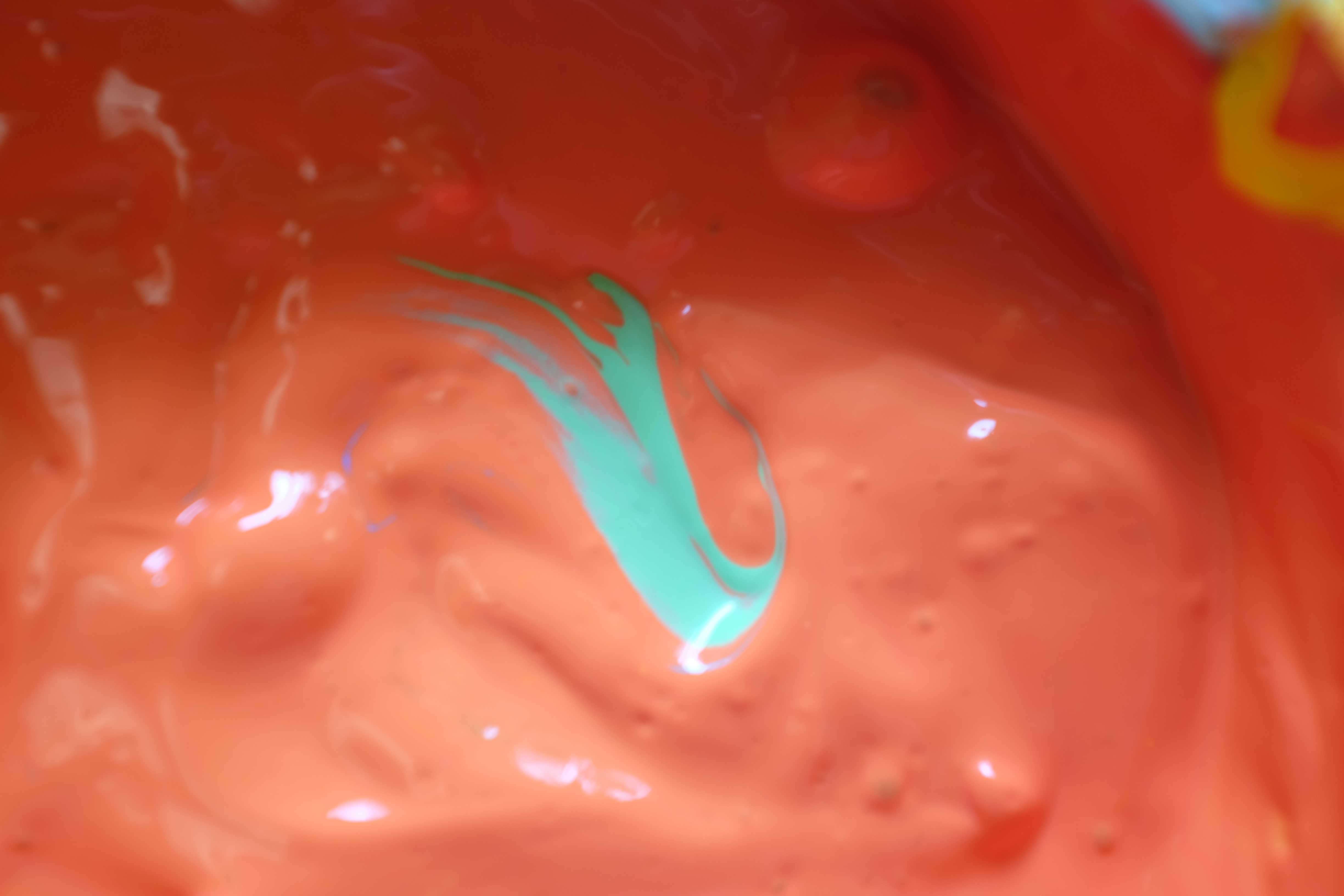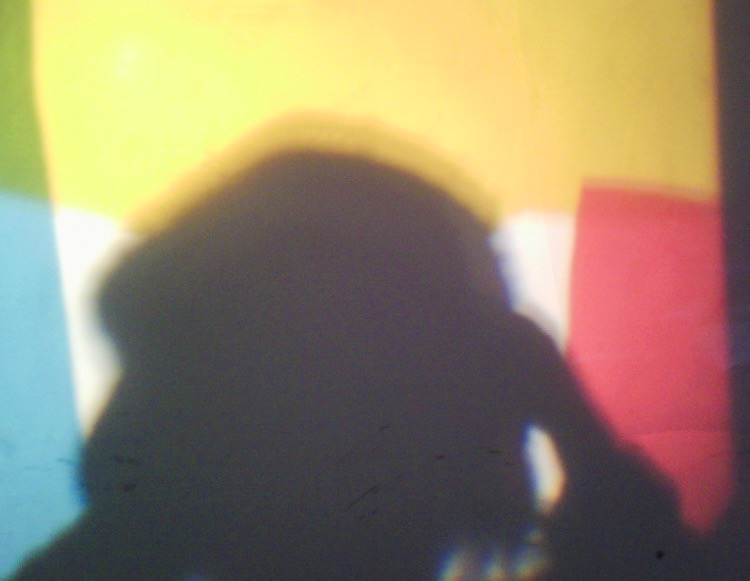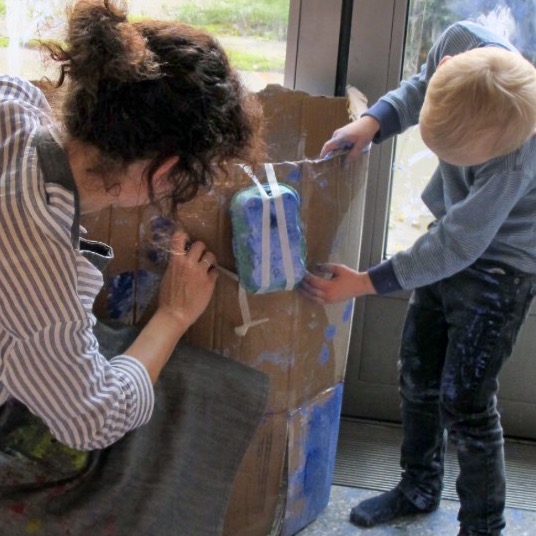In this post I consider the gap between academics/non-academics in children’s art education. A contestable claim but something I believe is worthy of further discussion. I reflect upon my experience of moving from working as a full-time learning curator in an art museum to full-time PhD researcher and what I have learnt along the way.
Reggio Emilia Australia article on art, museums and creative learning
This post is an extract of a conversation between myself and Chris Celada published in the current edition of ‘The Challenge,’ Reggio Emilia Australia’s quarterly journal. Chris is a teacher and Reggio Australia editorial board member. The conversation offered the opportunity for both of us to dig deeper into our philosophies, strategies and practices of working at the intersection of art and pedagogy.
What is a children’s creative learning environment?
In this post I explore the question of ‘what is a children’s creative learning environment in an art museums?’ I use my understandings of this question to consider how these interconnect and transform through the meanings of other terms such as ‘space’ and ‘relational learning.’
How to introduce art techniques to children
Over the next month, I am going to have a go at writing a handful of posts on techniques for facilitating young children’s creative learning with and through art. Each post will include a description of a technique in addition to how and when it may be useful. These should not be seen as all-conclusive but more as different options to experiment with. Facilitation To facilitate means to make something easier (Collins Dictionary online, 2017). In an education setting, this does not mean to lower the standard for learning but rather support an individual’s ability to make connections and thinking critically about learning processes (Mac Naughton & Williams, 2009). Facilitation may take many forms such as questioning, suggesting, modelling and giving feedback as well as non-human interventions such as the layout of materials or the arrangement of artworks. A facilitator – whether that be a parent, a peer, a resource, an art tool or a material…
Visiting Reggio Australia’s pedagogical documentation centre
This post features a summary and reflection on the theory, principles and practices of the Reggio Emilia process of pedagogical documentation. The possibilities and challenges of what this reflective methodology holds for children’s gallery education are also discussed in relation to my doctoral research. “There is a constant relational reciprocity between those who educate and those who are educated, between those who teach and those who learn. There is participation, passion, compassion and emotion. There is aesthetics. There is change.” Carlina Rinaldi Last week I was fortunate enough to spend an afternoon visiting the Reggio Emilia Australia Information Exchange’s documentation centre at the University of Melbourne. I was interested in taking some time to think and reflect on how other early year’s educators are working with the process of pedagogical documentation within their own education settings. This is particularly pertinent to me after spending the past few months working with the early year’s…






